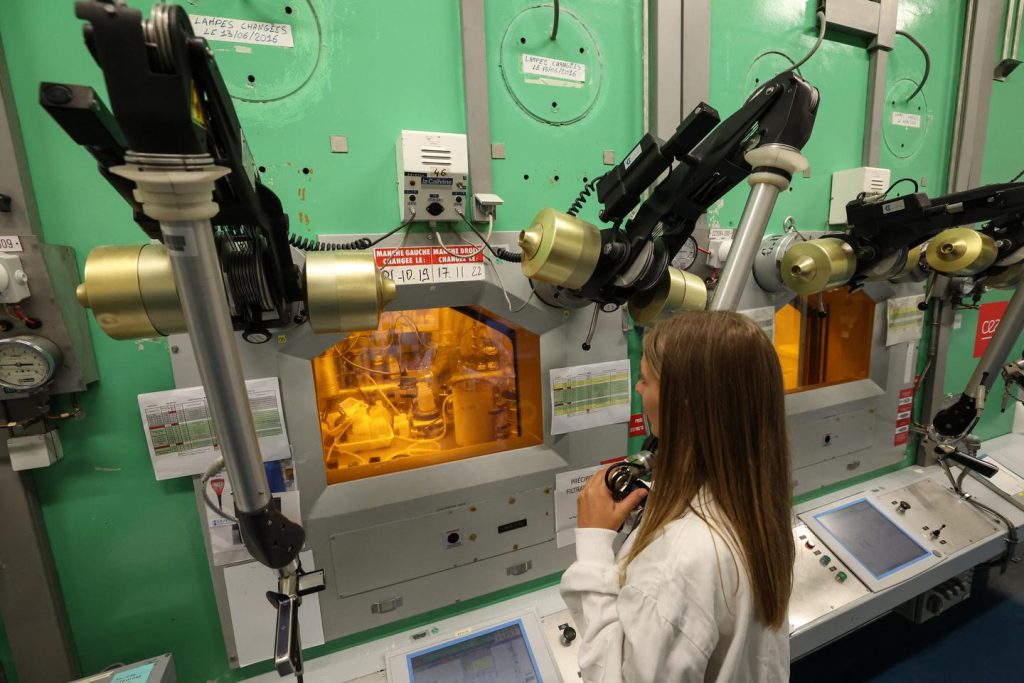Innovation deserves a specific effort from the national community, and therefore, funding mechanisms that support creativity, experimentation, and research and development (R&D). However, questioning innovation aid should not be taboo, especially considering the significant amounts dedicated to it, such as the 7 billion euros that the Research Tax Credit (CIR) costs each year. Beyond debates on the effectiveness of these aids, it would be necessary to (re)define the political meaning of them and to assume the choices on which they are based. In what way do the innovations benefiting from this public expenditure serve our society in terms of collective benefits? The current support mechanisms operate without a clear logic of impact in terms of sustainable jobs, ecological or social transition.
The aim is not to suggest that innovations supported by commercial enterprises are intrinsically “bad” from a societal point of view. Simply put, their purpose is not to address general interest issues. When they target societal issues, which does happen frequently, and fortunately in areas such as health or energy, for example, they do so within constrained frameworks that can prioritize profitability over contribution to the common good. Innovation support mechanisms primarily benefit commercial enterprises whose R&D efforts focus on bringing new products and services to market. For example, a private commercial company working on an innovative device aimed at improving care in its nursing homes for dependent elderly people will receive the R&D tax credit. The same program, if carried out by an association or a community (which collectively manage three-quarters of nursing homes), will not be eligible for the tax credit. This also applies to early childhood, health, housing, mobility, local services, education, culture, sports, food, and agricultural transition.
Indeed, innovation support mechanisms exclude non-taxed associations, NGOs, communities, and other local public actors whose core activities are more focused on social utility or general interest. However, associations have shown their ability to open up new perspectives, such as in circular economy and reuse, local economy, personal services, popular education, and environmental protection. The mechanisms and structures in place seem to privilege commercial enterprises over non-profit organizations and public entities, despite the potential for significant societal impact and innovation that exists within these sectors. It is important to recognize the diversity of actors and initiatives that contribute to innovation and social progress.
It is essential to reconsider the criteria for eligibility for innovation support mechanisms to ensure a more equitable distribution of funding and incentivize a broader range of actors to engage in innovative projects that serve the common good. This may involve revising the definitions and goals of innovation aid programs to better align with societal needs and priorities, rather than purely commercial interests. Emphasizing the importance of social impact and sustainability in innovation funding decisions can help steer resources towards projects that have the potential to generate lasting benefits for society as a whole. It is crucial to foster a culture of innovation that values not only technological advancements but also social, environmental, and economic progress.
In conclusion, while innovation support mechanisms play a crucial role in stimulating economic growth and competitiveness, there is a need to reassess their effectiveness and impact on broader societal goals. By redefining the criteria for eligibility and expanding the scope of innovation funding to include a more diverse range of actors, we can ensure that innovation serves the common good and addresses pressing social and environmental challenges. It is time to rethink our approach to innovation funding and ensure that public resources are allocated in a way that maximizes their positive impact on society as a whole.


